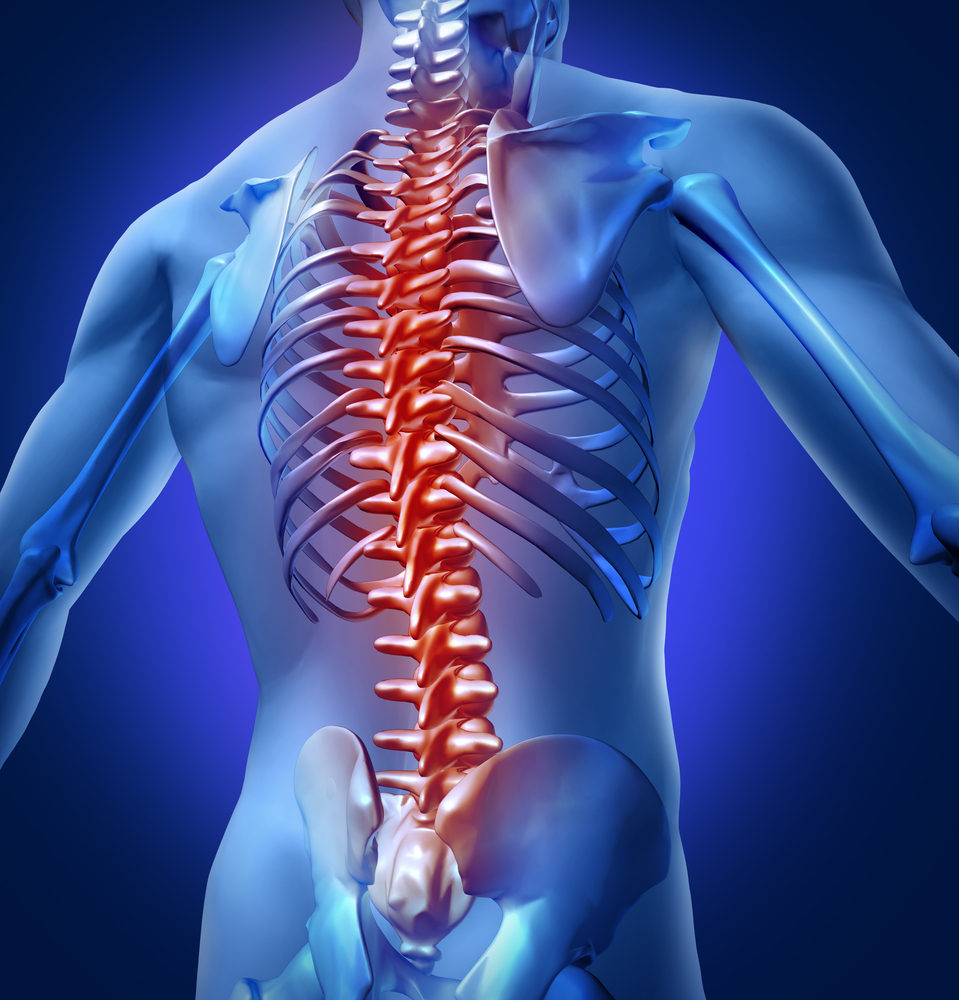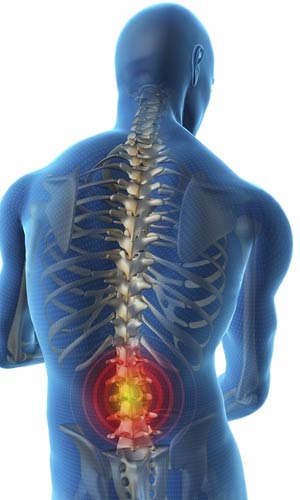
The discs located between the vertebral bodies, the ligaments and the facet joints degenerate in time. The fluid inside the disc diminishes letting the discs collapse and spill towards the ependymal canal. The facet joints and ligaments around the ependymal canal get thicker and the canal becomes tighter causing nerve compression. The disease that is occurred as a result of these developments in the waist region is called lumbar spinal stenosis. It is in fact the result of lumbar degenerative disc disease.
Patients who suffer from lumbar spinal stenosis generally complain about the feeling of pins and needles in the legs, numbness and muscle weakness. These complaints increase during walk and the patient needs to rest. The walking distance of the patient may even become shorter over time. The patient tries to relax by bending over and stretching the spinal canal when he/she is tired. Intestinal and vesical problems may be seen in a progressed lumbar spinal stenosis and the patient may complain about incontinence.
If patients with such complaints get medical advice, the doctor takes a medical history of the patient, performs a physical examination and asks for the necessary radiographic imaging studies like x-ray, computed tomography (CT Scan) and magnetic resonance imaging (MRI). MRI is the most common type of diagnostic imaging technique today.
Patients that are diagnosed with lumbar spinal stenosis are put to non-surgical treatment methods. These methods are called conservative treatments. Conservative treatments do not correct the lumbar spinal stenosis but they help in obtaining a less painful and more functional spine. Medication treatment aims to relieve the pain in the first stages of the disease. Physical therapy aims to strengthen the muscles around the spine and to obtain a stronger waist. Spinal injections are also another method of treatment in controlling the pain. This is elaborated in another page in our website. The method of treatment should be chosen according to the level and location of the disease as well as the patient’s conditions.
Patients who do not respond to conservative treatments, or have intestinal or vesical problems, or suffer from serious numbness, pins and needles or muscle weakness in the feet, or lose much of his/her walking distance, or lose the quality of life are candidates for surgical treatment.
Surgical treatment aims to remove the elements that cause spinal stenosis in our waist. This method is called lumbar decompression. It eliminates the compression on the spinal cord and relieves the nerves that travel to the legs thereby preventing irremediable nerve injuries. The lumbar pain can go away only after the postoperative rehabilitation program.
Lumbar spinal stenosis can be caused by spondylolisthesis, lumbar arthritis, spondylitis or degenerative scoliosis. So the treatment often involves a plan of surgery against these diseases. The operation provides a smooth waist, a restoration of the proper height between the vertebrae, the elimination of nerve compression and thereby the achievement of a healthier spine.
